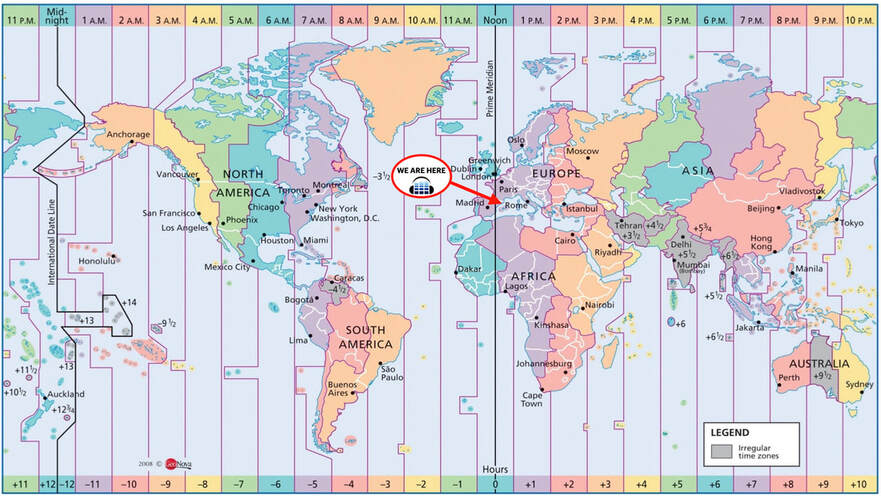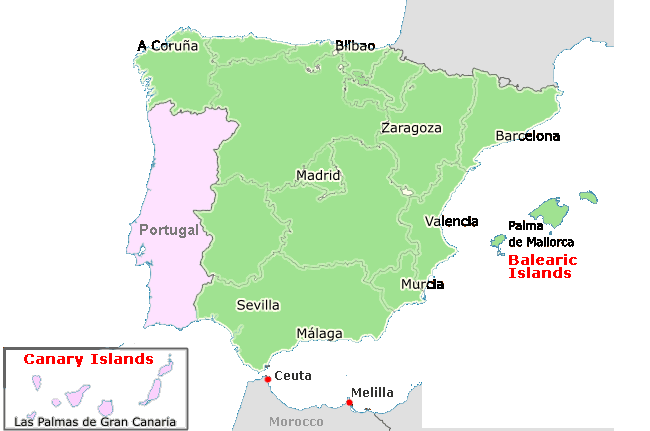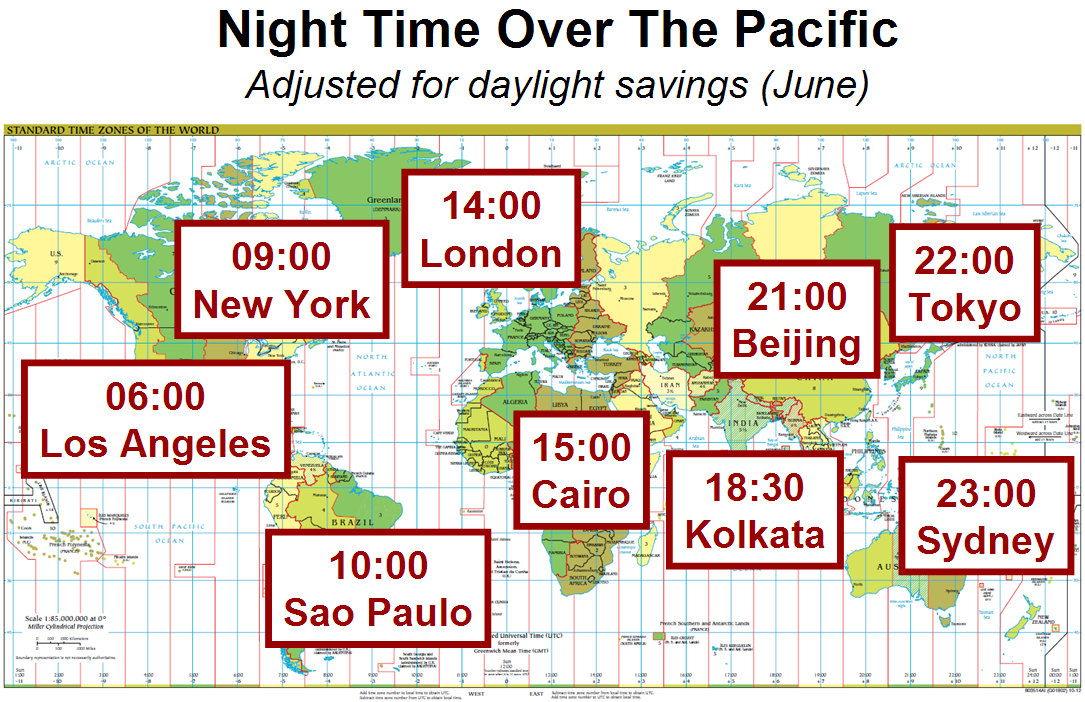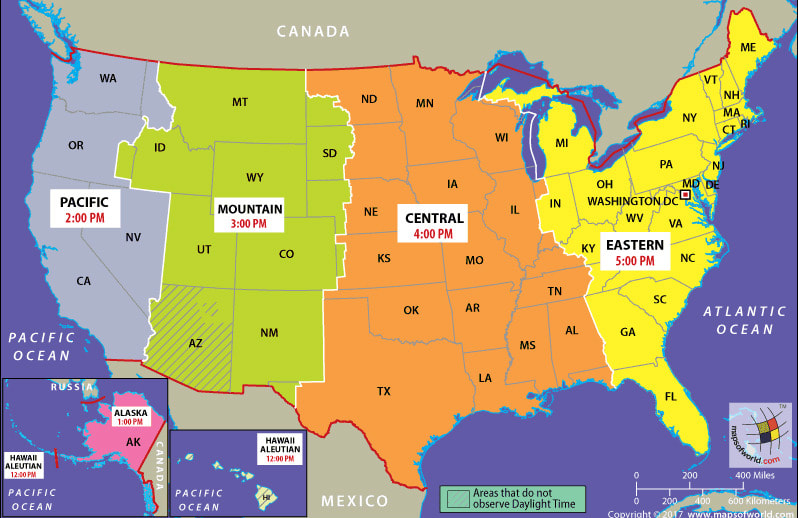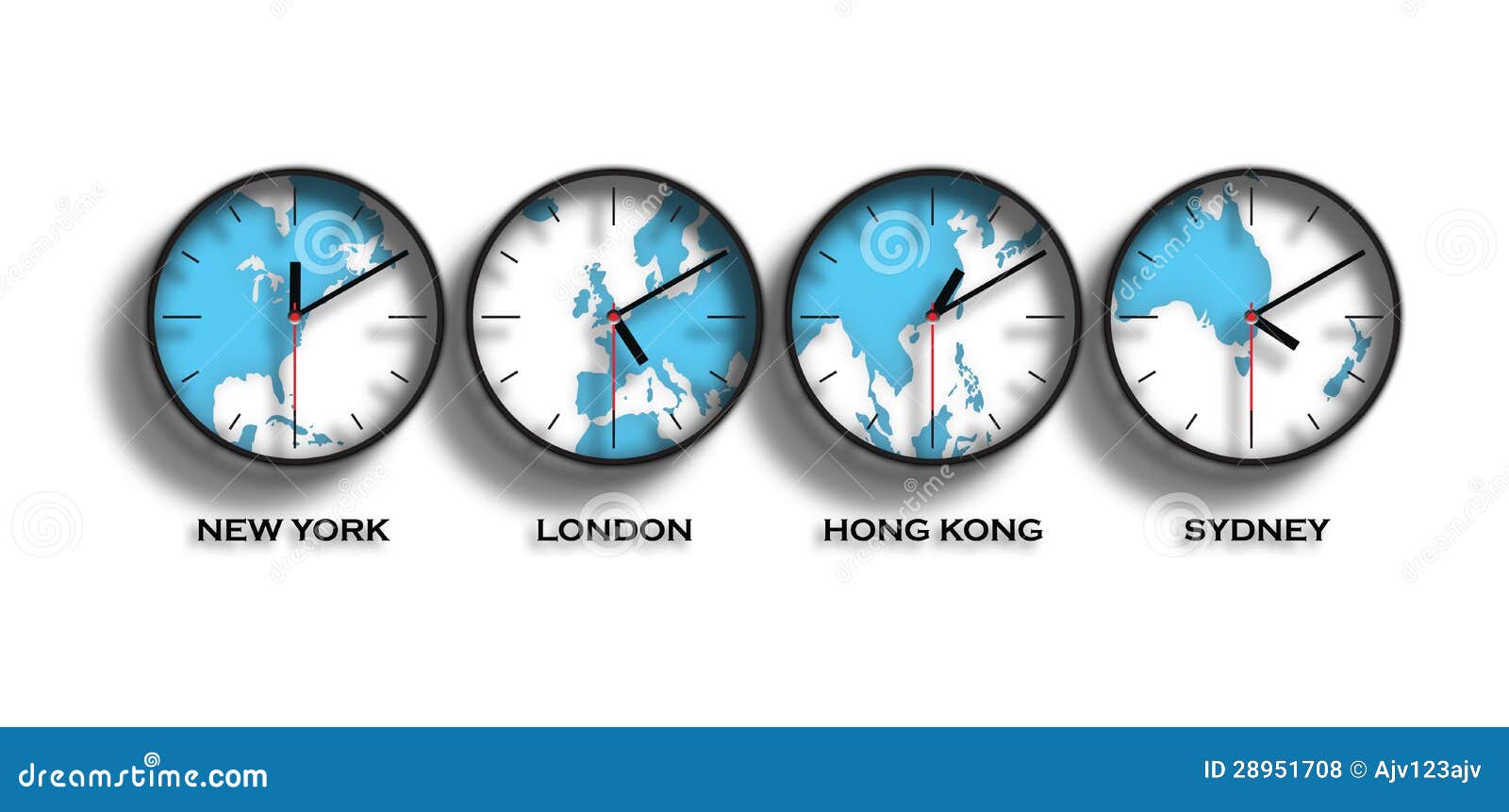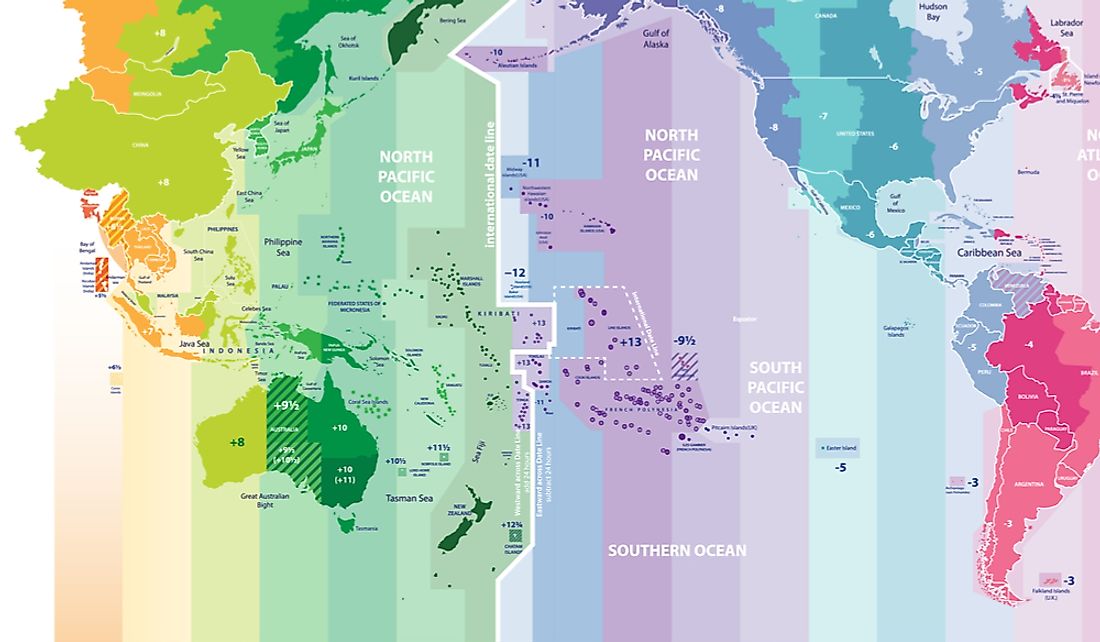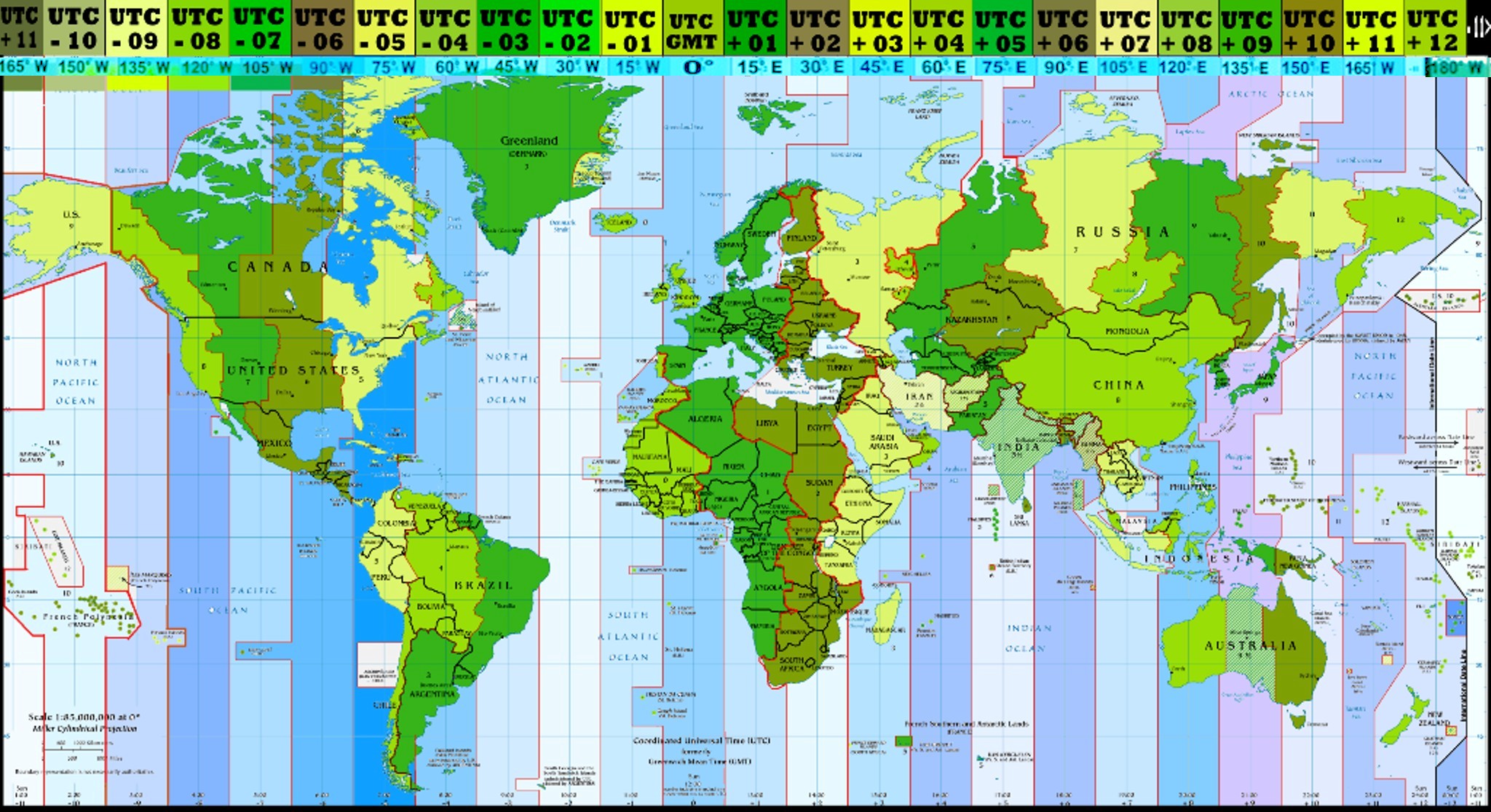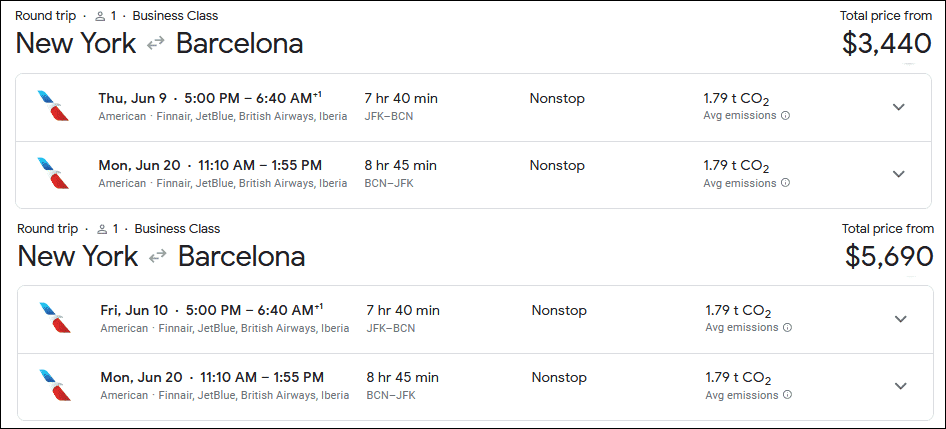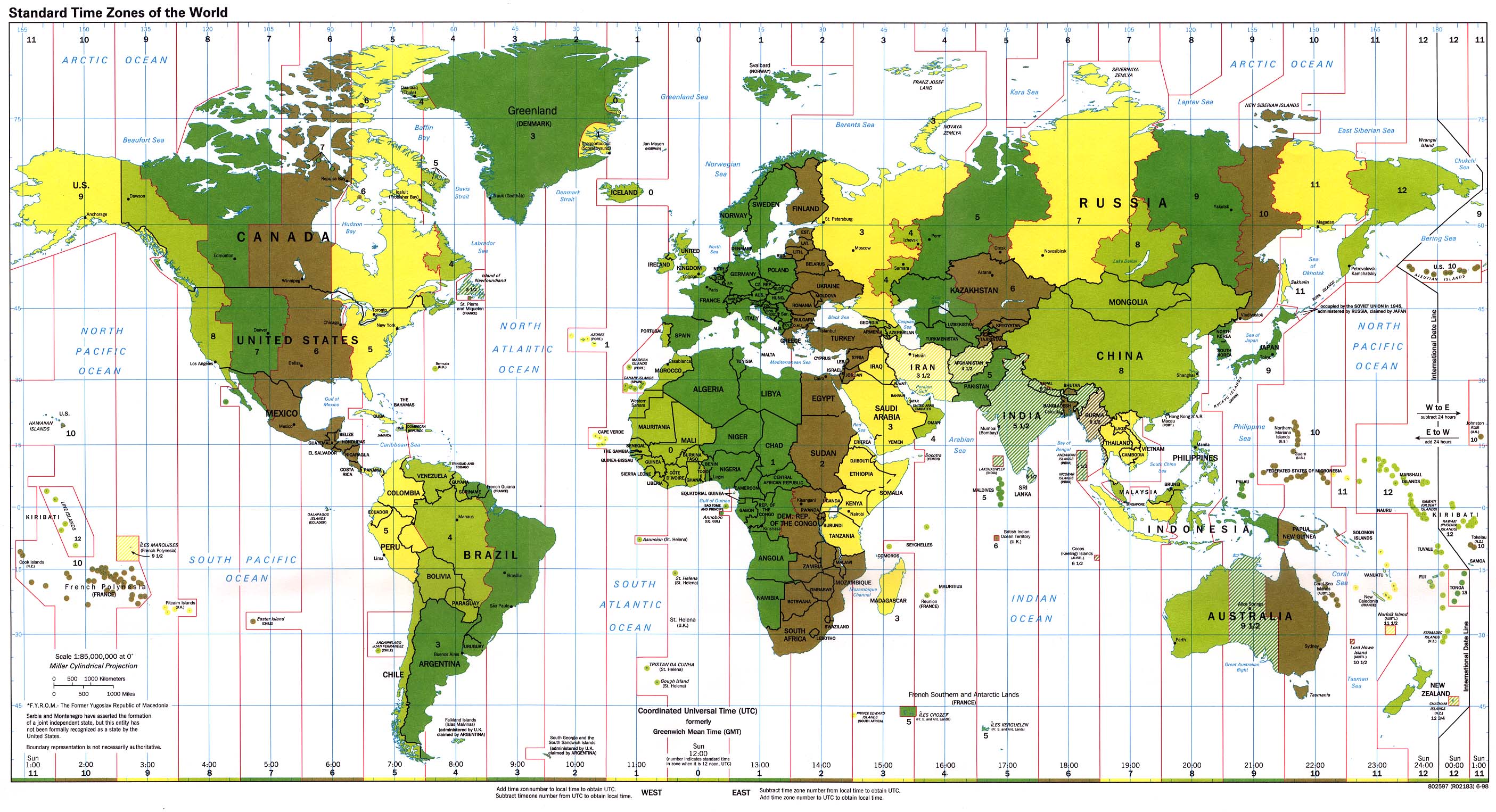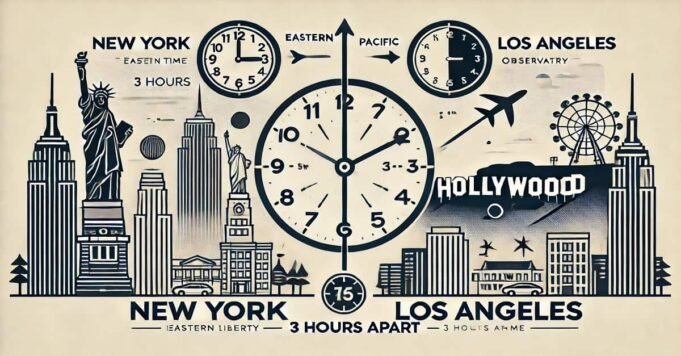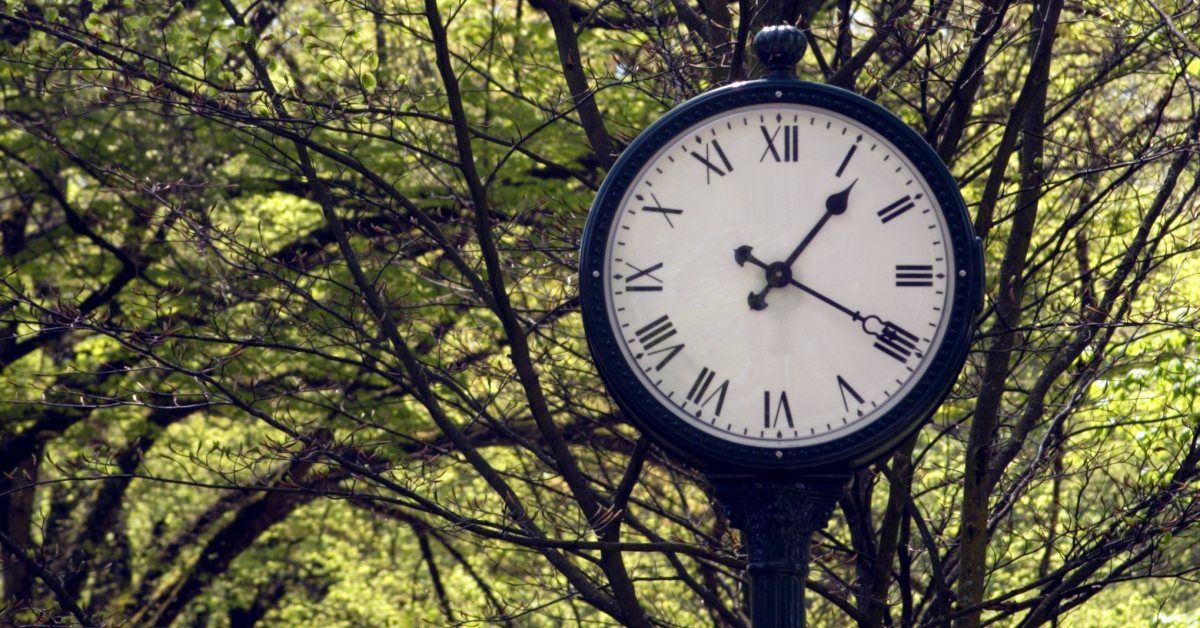Time Difference Between New York And Barcelona Spain
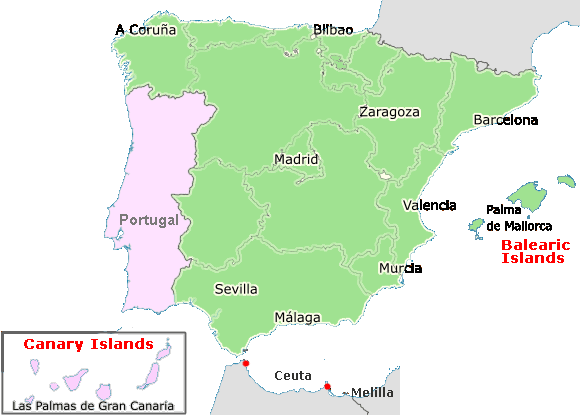
Navigating international time zones can often feel like a puzzle, especially when coordinating communication and events between major global cities. One such example is the time difference between New York City and Barcelona, Spain, a factor that impacts businesses, travelers, and individuals maintaining connections across the Atlantic.
Understanding this time discrepancy is crucial for effective scheduling and preventing miscommunication. This article breaks down the complexities of the New York to Barcelona time difference, exploring its fluctuations and practical implications.
The Time Difference Explained
The time difference between New York City and Barcelona is typically 6 hours. New York operates on Eastern Time (ET), while Barcelona operates on Central European Time (CET).
This means that when it is noon in New York, it is generally 6:00 PM in Barcelona. However, this difference isn't static due to the observance of Daylight Saving Time (DST) in both locations, although not simultaneously.
Daylight Saving Time Impact
Both New York and Barcelona observe DST, but their schedules differ. New York switches to Eastern Daylight Time (EDT) in the spring, advancing the clock by one hour.
Barcelona similarly switches to Central European Summer Time (CEST). The difference in the timing of these changes causes a slight fluctuation in the overall time difference.
For a brief period in the spring and fall, when one location has switched to DST and the other hasn't, the time difference is only 5 hours. These transitional periods require careful attention to avoid scheduling errors.
Key Considerations for Travelers
For those traveling between New York and Barcelona, understanding the time difference is essential for managing jet lag. Planning your sleep schedule around the destination's time zone can significantly ease the adjustment process.
Upon arrival, expose yourself to natural light during daytime hours to help reset your body clock. Adjusting meal times to match the local schedule is another effective strategy.
Business travelers also need to be mindful of the time difference when arranging meetings. Scheduling calls or conferences at a time that is convenient for both parties is crucial for maintaining productivity.
Impact on Business and Communication
The time difference between New York and Barcelona significantly impacts international business. Companies with offices or clients in both cities must develop strategies to bridge the gap.
One common approach is to stagger work hours, allowing for some overlap between teams in New York and Barcelona. This facilitates real-time communication and collaboration.
Video conferencing platforms and instant messaging tools are indispensable for maintaining connections across time zones. However, scheduling these interactions requires careful consideration to accommodate the working hours of all participants.
Furthermore, businesses need to be aware of the impact of the time difference on response times and project deadlines. Setting clear expectations and establishing efficient communication protocols are essential for success.
"Effective communication is key to overcoming the challenges posed by time zone differences," states John Smith, CEO of a global tech company with offices in both New York and Barcelona.
Practical Examples
Imagine a marketing team in New York working on a campaign launch with designers in Barcelona. The New York team might prefer to have a meeting at 10:00 AM EDT to review progress, but this would be 4:00 PM CEST in Barcelona, potentially interfering with the designers' afternoon workload. A compromise might be a meeting at 9:00 AM EDT, which is 3:00 PM CEST, to allow for better collaboration.
Another example is a financial firm that trades securities on both the New York Stock Exchange and the European markets. The firm needs to have staff available around the clock to monitor trading activity and respond to market fluctuations. Coordinating staff schedules to account for the time difference ensures seamless operation across different time zones.
For families and friends keeping in touch, the time difference can present challenges for scheduling calls and video chats. Planning these interactions in advance and being flexible with timing is crucial for maintaining strong relationships.
Resources and Tools
Numerous online tools and resources are available to help individuals and businesses manage time zone differences. World Time Buddy and Timeanddate.com are popular websites that allow users to convert times between different locations.
Calendar applications like Google Calendar and Outlook also offer features for scheduling meetings across time zones. These tools can automatically adjust meeting times to accommodate the participants' locations.
Mobile apps such as Every Time Zone provide a visual representation of time zones around the world, making it easier to plan communications and events.
Conclusion
The 6-hour time difference between New York and Barcelona, with occasional fluctuations due to Daylight Saving Time, requires careful consideration for effective communication and planning. Whether for business, travel, or personal connections, understanding this time discrepancy is essential for seamless coordination. By leveraging available resources and adopting strategic scheduling practices, individuals and organizations can bridge the gap and foster successful interactions across time zones.
